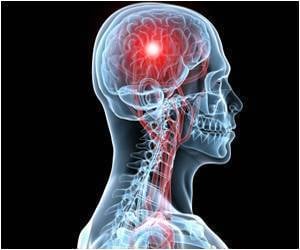An impaired ability to imitate may underlie the profound and enduring difficulty with social interactions, researchers, who conducted a brain mapping experiment on schizophrenia sufferers, found.

First author Katharine Thakkar, who conducted much of the research while completing her doctoral program at Vanderbilt and is now a post-doctoral fellow at the University Medical Center in Utrecht, said that the fact that patients with schizophrenia show abnormal brain activity when they imitate simple hand gestures is important because action imitation is a primary building block of social abilities.
She said that the ability to imitate is present early in life and is crucial for learning how to navigate the social world. According to current theory, covert imitation is also the most fundamental way that we understand the intentions and feelings of other people.
The researchers found that the individuals with schizophrenia showed altered brain activity levels in regions of the brain that prior studies in primates have identified as crucial for imitation. During imitation, the patients had less activation than healthy individuals in brain regions involved in detecting biological movement - the special way in which living things move - and also in regions involved in transforming this visual information into a plan for movement. At the same time, patients with schizophrenia had more activation than the healthy participants in these same regions when they performed non-imitative actions.
The paper has been published in the American Journal of Psychiatry.
Source-ANI














